What we talk about when we talk about values
Building a creative practice that can evolve and grow with you
The tech industry loves its manifestos about changing the world—typeset in Helvetica, pasted on boardroom walls, printed in tiny red books. I love them too. I love the stories we tell ourselves and the worlds we build with them. I love a team with lore. But as we’ve seen time and time again, lofty mission statements mean nothing without values to back them up.
How do you build a creative practice that actually means something? When faced with a career choice or feeling stuck, how do you know which path to take? Values, when thoughtfully crafted, can form the foundation that guides these decisions.
Through years of teaching, mentoring, and stumbling through my own career, I’ve watched countless people wrestle with building practices that works for them. This is the first part in a series on developing your creative practice. Today we’re talking about values and turning them into actionable principles.
The value of values
As designers and creative people, we are world-builders. We tell stories that convince others of future possibilities. While I won’t claim graphic design saves lives (though I’ve heard stories where it has), designers are often among the earliest hires, brought on to smooth rough edges, craft narratives, or build stories that close funding rounds. With that influence comes responsibility.
In an age of AI-generated content optimized for the median, your point of view—what you stand for, your inputs, how you see the world—is your differentiator. Work that’s purely palatable rarely inspires devotion. As the late designer Tibor Kalman said (about computers, no less!), “When you make something no one hates, no one loves it.”
The career asymptote
People often ask about my career path. While that process looks straightforward from the outside, the reality is less so. So, how do you build a career when you don’t know where you’re headed? Although you can’t plan for every twist and turn, principles can help you draw boundaries that ensure you’re growing in the right direction.
These boundaries are critical. When I stray outside them, that’s where I spiral into feeling unappreciated, compromised, and out of sync with the universe.
My practice is an exercise in constantly adjusting those boundaries—a little here, a little there—to get closer to what I want to be doing.
If you were to really zoom out, you’d see it’s a spiral, forming what I like to call the “career asymptote.” You get closer, but you’ll never actually reach the limit.
From theory to practice
At my old design studio HAWRAF, we started each year by defining a set of rules to guide our practice: Always start with concept. Or, never do something just because that’s how it’s been done before. Listen and tell the truth. Always be learning.
These values became a flowchart for evaluating projects. At the top: Is it something we believe in? Can we make something interesting? There were practical considerations—like “Are we really, really broke?” But even then, we asked “Are we going to feel okay talking about this work?” If not, we passed.
When values demand change
Sometimes our values don’t just guide our work—they fundamentally reshape it. Take Cortney Cassidy: after years as a designer, she realized her screen-bound work was leaving her depleted. Rather than just theorizing about change, she methodically built a bridge to a new life, becoming a full-time gardener. Her “soft manifesto” frames principles not as rigid rules, but as questions to be answered through daily actions. Drawing from influences like Sister Corita Kent and Bertrand Russell, she shows how values can evolve from abstract ideas into a concrete framework for living.
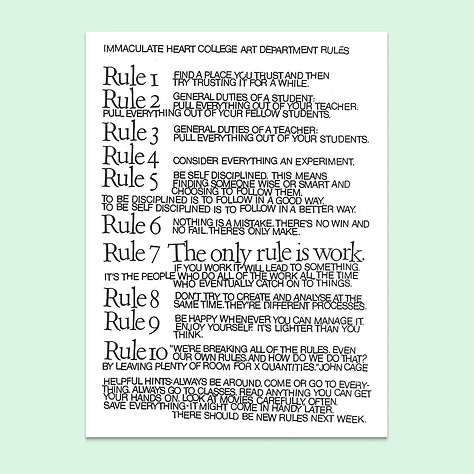
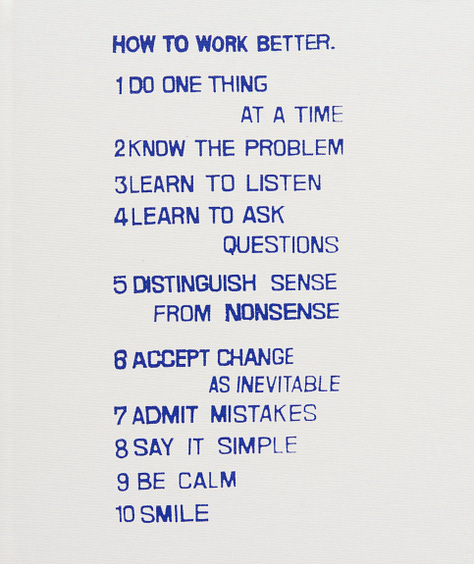
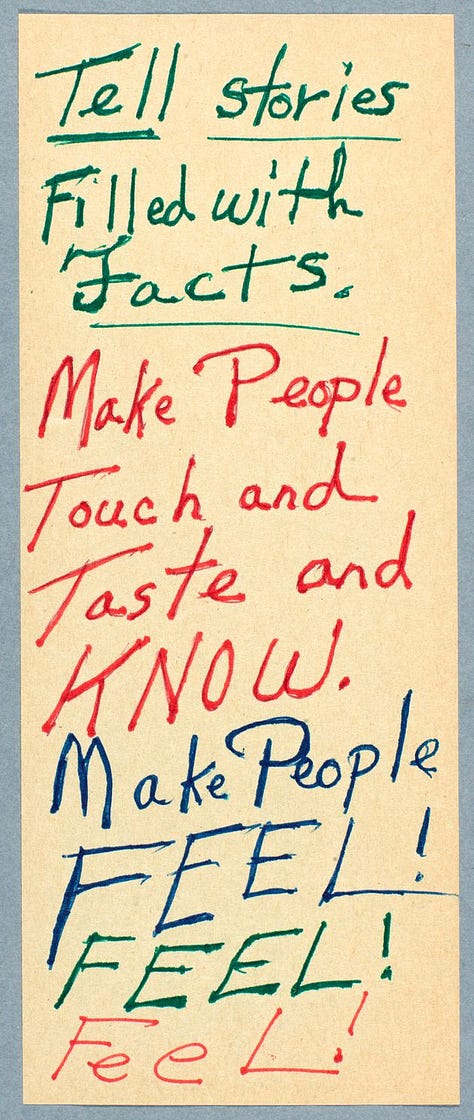
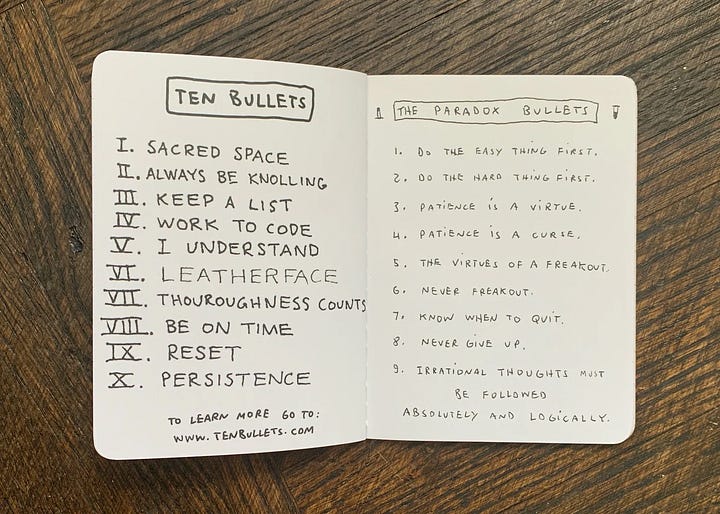
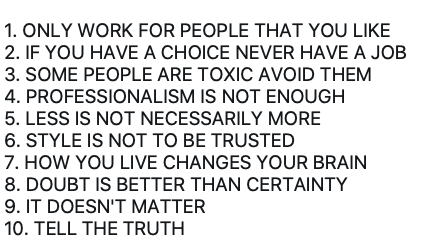
The values exercise
Ready to define your own values? Block off 45 minutes:
Step 1: Reflection (15 minutes)
Answer honestly, writing down everything, even what feels trivial or embarrassing.
When were you at your happiest? What led to those feelings?
When were you most proud? What was happening?
When were you most fulfilled? What desire was being met?
Step 2: Pattern recognition (15 minutes)
Look for themes. What patterns emerge? What words keep appearing? What situations share common elements? Create a list of values that capture these.
Step 3: From values to action (15 minutes)
Edit to your top ten. From there, turn each value into an actionable tenet. Avoid bland, universally agreeable statements—if no one disagrees with it, dig deeper.
Ex. Value: “Growth” → Tenet: “Leave any room where you’re the smartest person in it.”
Ex. Value: “Authenticity” → Tenet: “Show up messy. Better to be divisive than bland.”
Once you have your list, rank them. Compare pairs: If you could keep only one, which would it be? Repeat until you have an ordered list.
Beyond the obvious
The real power lies in the edges. Push yourself with questions like:
What would you do even if no one paid you?
What makes you angry about your industry?
What’s the work you’d be proud to be known for?
What’s the hill you’re willing to die on?
These often reveal our true values, not just the ones we think we should have.
Making it real
Creating values is easy. Living them is hard. Some practical approaches:
Create decision frameworks:
Quick gut-check for daily choices
Clear red lines that trigger an automatic no
Regular reflection points
Build support systems:
Find accountability partners
Join communities with shared values
Create spaces for honest feedback
Make them visible:
Document them somewhere you’ll see daily
Share them with collaborators
Reference them in project discussions
Your values should evolve as you do. Make this reflection regular and intentional.
Values in action
The real test isn’t writing values down—it’s what happens when they’re tested. When that lucrative but questionable project comes along. When the easy path conflicts with your principles. When standing by your values means standing alone.
That’s when you’ll be glad you did this work.
—Carly
P.S. If you’re willing to share, drop one of your values in the comments. Sometimes seeing how others approach this helps clarify our own thinking.





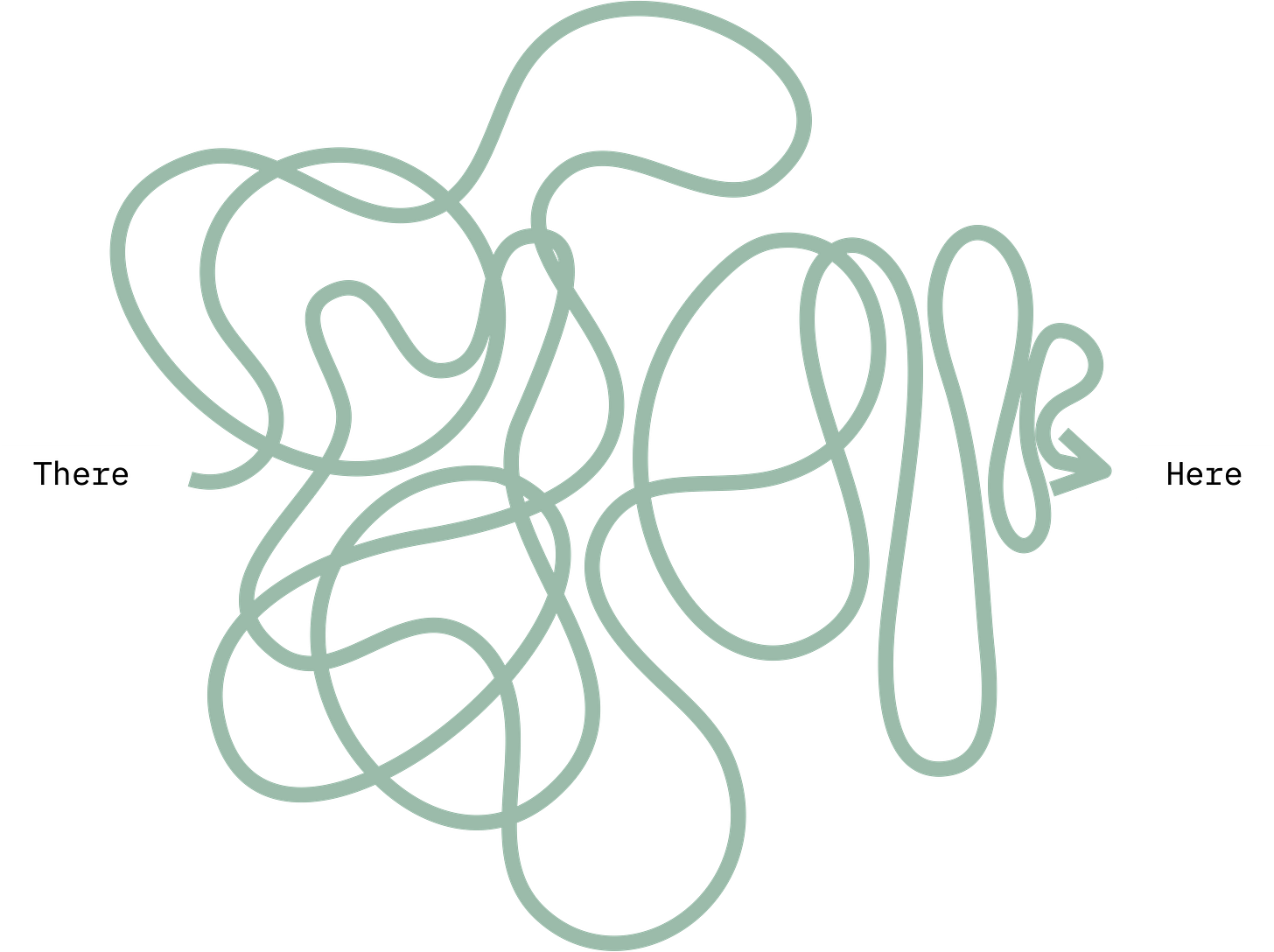
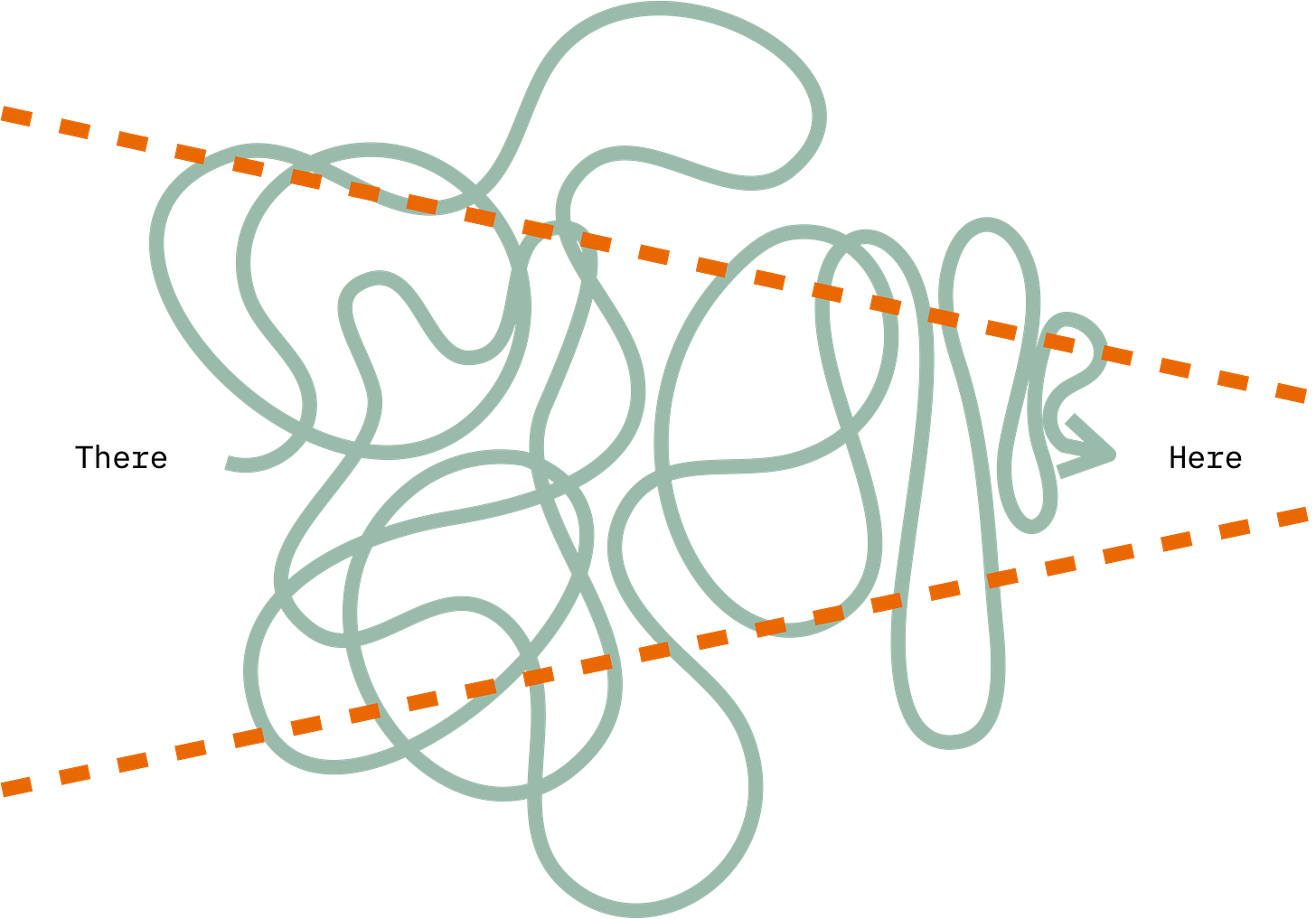
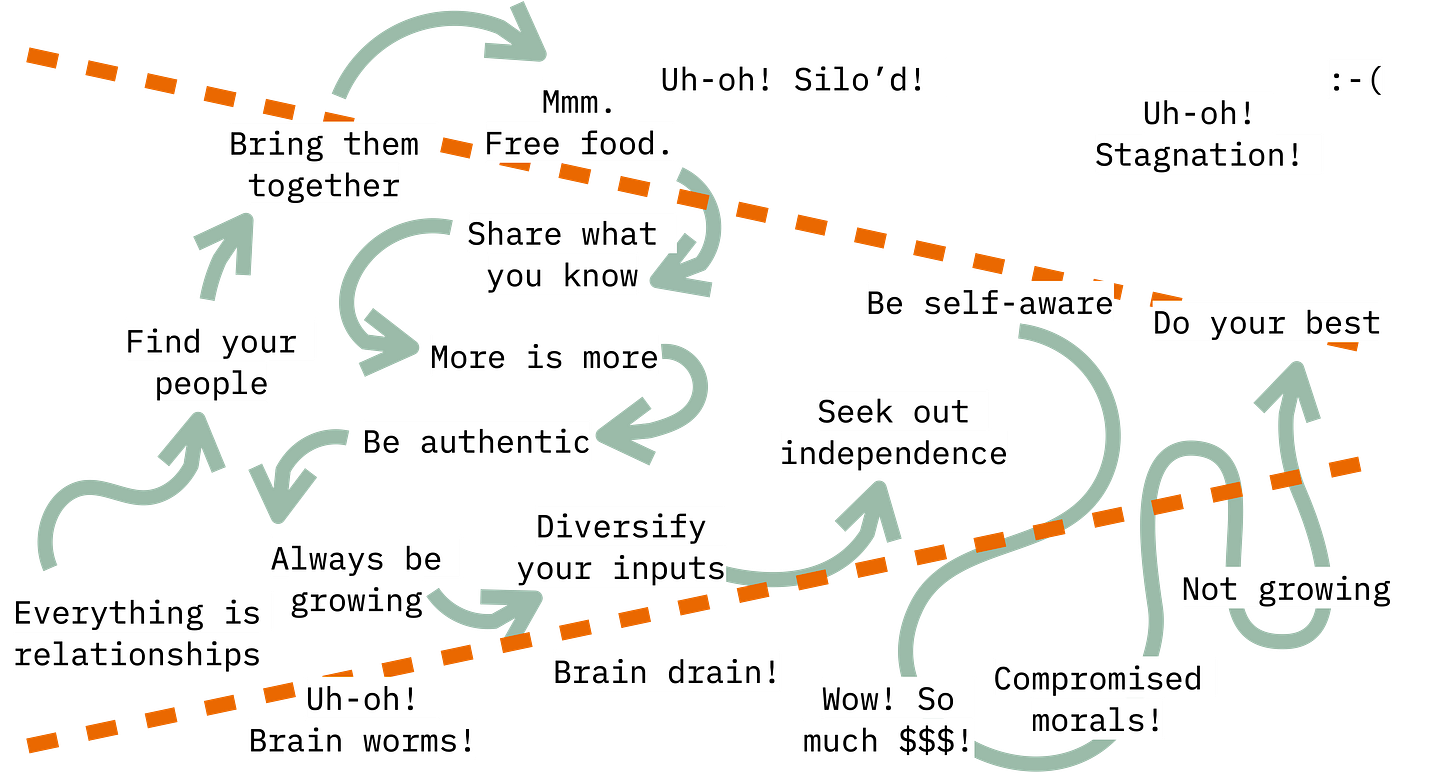
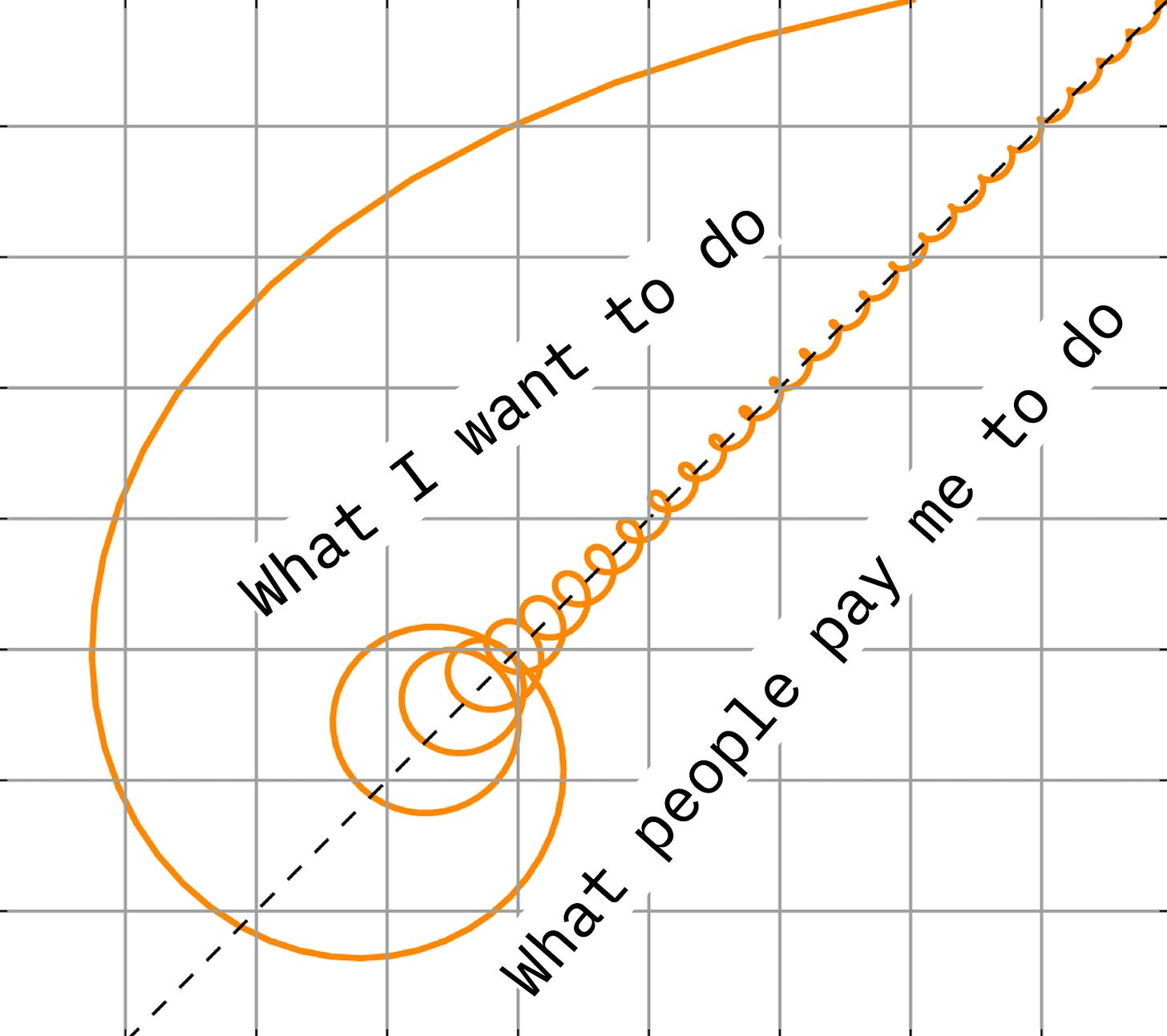
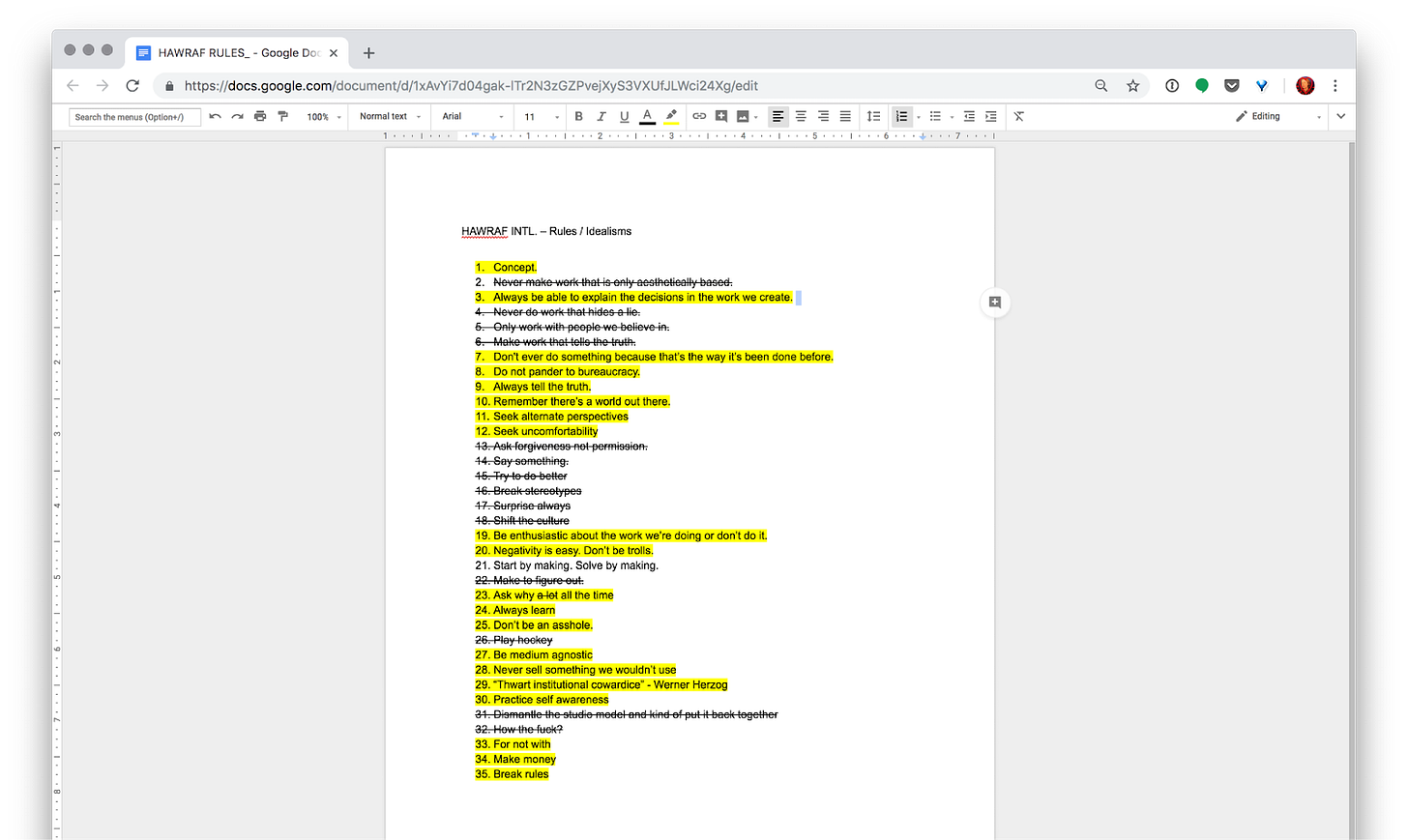
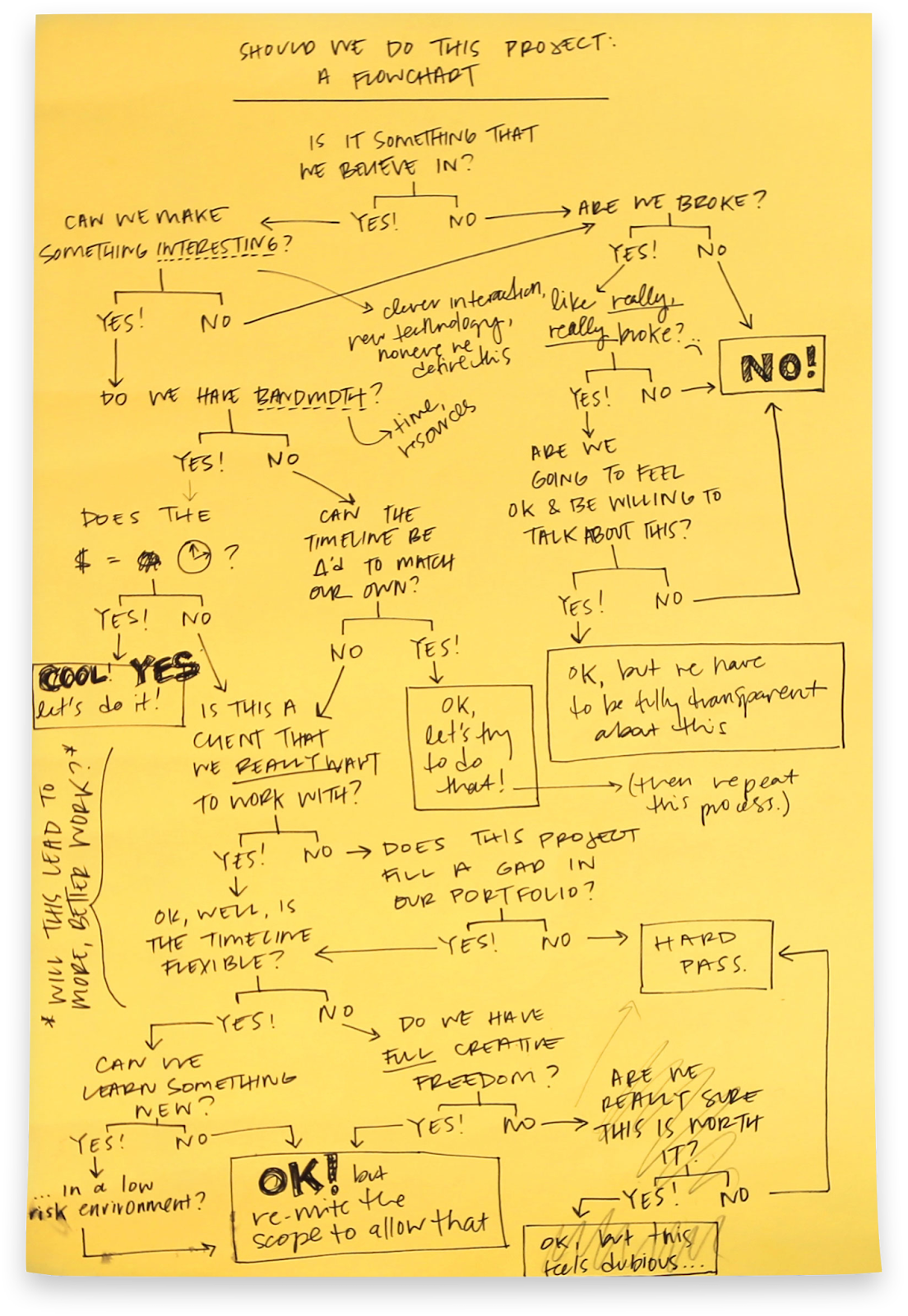
Loved this Carly. The concept of the career asymptote is chef's kiss. I think there's also something about gaining more skills to get paid for what you like doing vs what you're good at that I've found has grown with my career that also fits that model.
This rules, Carly. I love these actionable steps and visual representations of value. My 2025 theme is Ideas Need Colonies, which translates to the value of shared knowledge and connection.